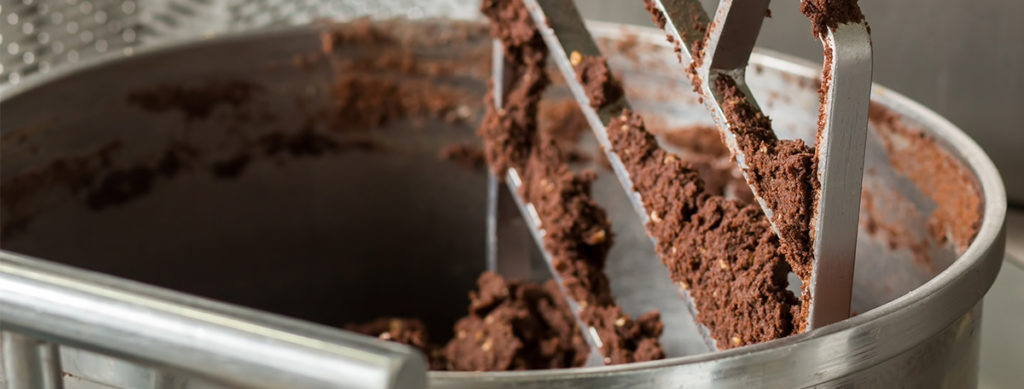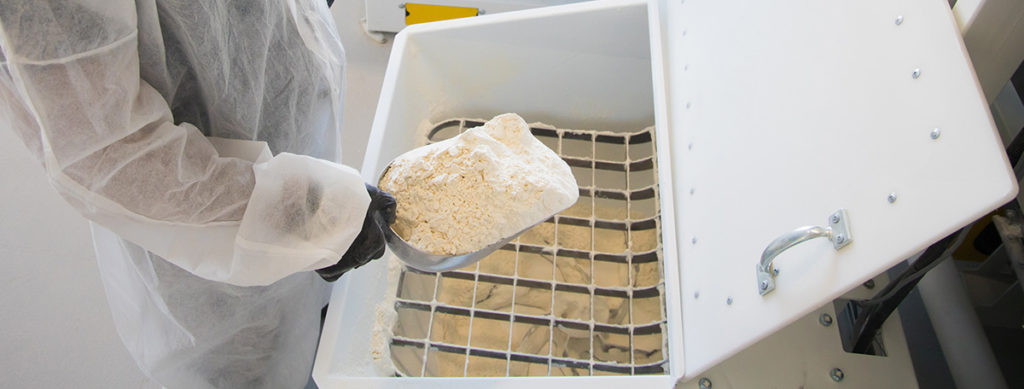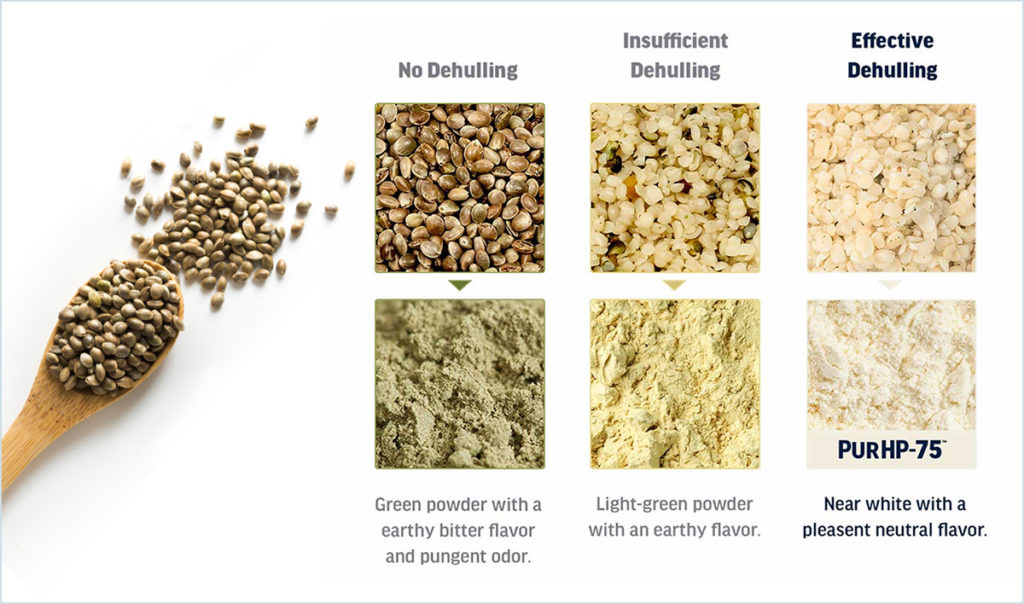Protein plays a substantial role in baked goods. Beyond adding nutritional value, protein conditions dough, provides structure, retains moisture, and enhances texture. Therefore, as newer plant-based ingredients take the place of traditional proteins like animal proteins or gluten, formulation expectations must continue to evolve as well.
The opportunity for plant-based protein in baked goods is undeniable. Grocery sales of plant-based foods that directly replace animal products grew to over $7 billion in the past year (SPINS, 2021). The astonishing 27% growth is a testament to the innovation in this space. It’s worth noting that the gluten-free food market worldwide is expected to increase from $6.26 billion in 2022 to $7.01 billion in 2023, with a compound annual growth rate (CAGR) of 11.9% (Gluten Free Food Global Market Report 2023). However, as food manufacturers continue to explore more diverse product applications, new ingredients must emerge to sustain the increase in demand.
The timing is perfect for hemp seed protein to penetrate the market. With its exceptional contribution to nutrition and digestibility and its advancements in sensory attributes, hemp seed protein is quickly becoming an attractive ingredient that many baked goods applications could benefit from.

Understanding the Recipe for Success
Baking involves a complex interplay between proteins, starches, fats, sugars, and leavening agents to create the delicious baked goods we all enjoy. Protein has several functions beyond just providing nutritional value. One of protein’s most vital roles in baking is conditioning the dough. This helps the dough develop elasticity and strength as it binds with other ingredients to create a product that is not too dense or too crumbly.
Protein also provides structure to baked goods. When dough is mixed, the protein forms a network that holds everything together. This structure is what allows baked goods to rise properly and develop a light and fluffy texture.
In addition to conditioning the dough and providing structure, protein helps to retain moisture in baked goods. This is necessary because it prevents the product from becoming dry and stale. Without enough protein, baked goods can become tough and unpleasant to eat.
Finally, protein can enhance the texture of baked goods. Depending on the type of protein used, it can create a softer or chewier texture or even add a slight crunch.

When using alternative plant-based proteins in baked goods, manufacturers face unique challenges. Unlike animal and wheat-based proteins, plant-based substitutes may behave differently, affecting the final product’s texture, taste, and appearance. Similarly, dough that lacks gluten might be more difficult to shape and may not rise as expected. Despite these challenges, plant-based ingredients like hemp seed are emerging as promising options, and ingredient technologies are rapidly advancing to address these issues.
The Tastiest ‘Plant Baked’ Protein, Comes From the Heart… The Hemp Heart
Hemp seeds are the ultimate nutritional powerhouse, packed with fatty acids, dietary fiber, and minerals like iron, magnesium, zinc, and potassium. Unlike many protein isolates, hemp seeds provide a complete protein that is highly digestible and contains all nine essential amino acids.
While sensory characteristics have been a hurdle for hemp seed adoption, ingredient manufacturer Applied Food Sciences has overcome this with their latest ingredient, PurHP-75™ organic hemp seed protein. By removing the outer shell of the hemp seed, which contains bitter tannins and green pigment, and only processing the white inner ‘hemp heart,’ PurHP-75™ delivers a neutral flavor, smooth texture, and white color that pairs perfectly with common bakery ingredients.

If you’re looking for a gluten-free and dairy-free alternative in baking, food manufacturers should consider PurHP-75™ organic hemp seed protein. It has unique functional properties that make it a versatile ingredient. It can add chewiness to soft-baked items and crunchiness to hard-textured ones. Additionally, it can blend well with other ingredients to support dough elasticity and structure for a more uniform result.
PurHP-75™ also has high protein (75%) and fiber (6%) content, with superior digestibility to help food manufacturers benefit more from their plant-based recipes. The nutrition, flavor, and functionality of hemp seed protein make PurHP-75™ an ingredient that will impress health-conscious consumers and foodies alike.
About Applied Food Sciences
For over 20 years, Applied Food Sciences has manufactured functional ingredients for the natural products industry. PurHP-75™ is the latest example of the company’s innovative and on-trend products. If you are developing a plant-based food, more information can be found on the ingredient page, including a form you can fill out to request samples.

